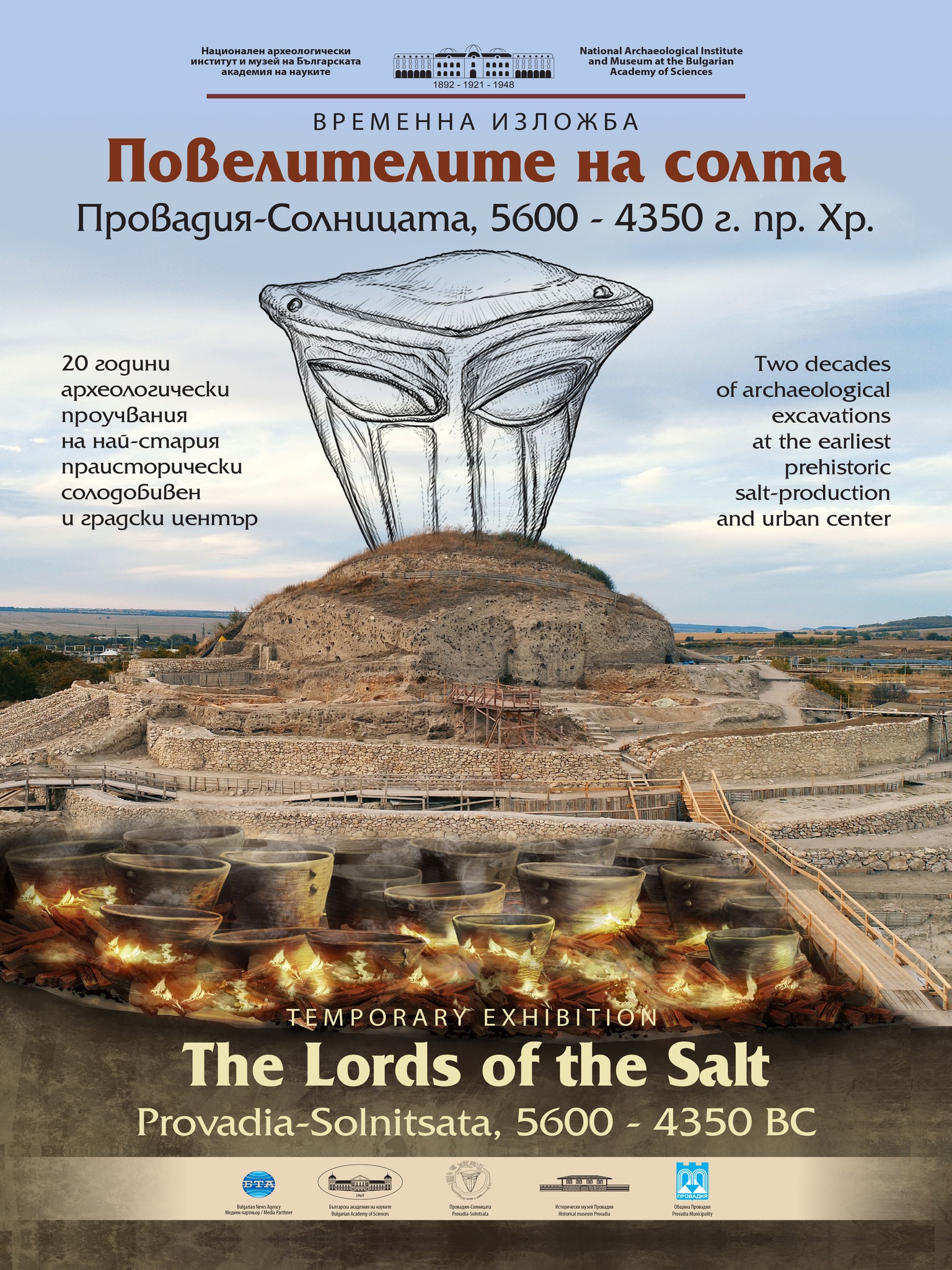
From the archaeological site to the museum exhibit
Over the past 20 archaeological seasons at Provadia-Solnitsata, the remains of a total of 32 prehistoric houses have been registered, some of which are still being studied. One of the richest and most interesting houses discovered so far in the settlement mound is designated as number 17, about which we have already written in previous publications. It dates back to the late Middle Chalcolithic period (4600 BC) and was destroyed in a fire.
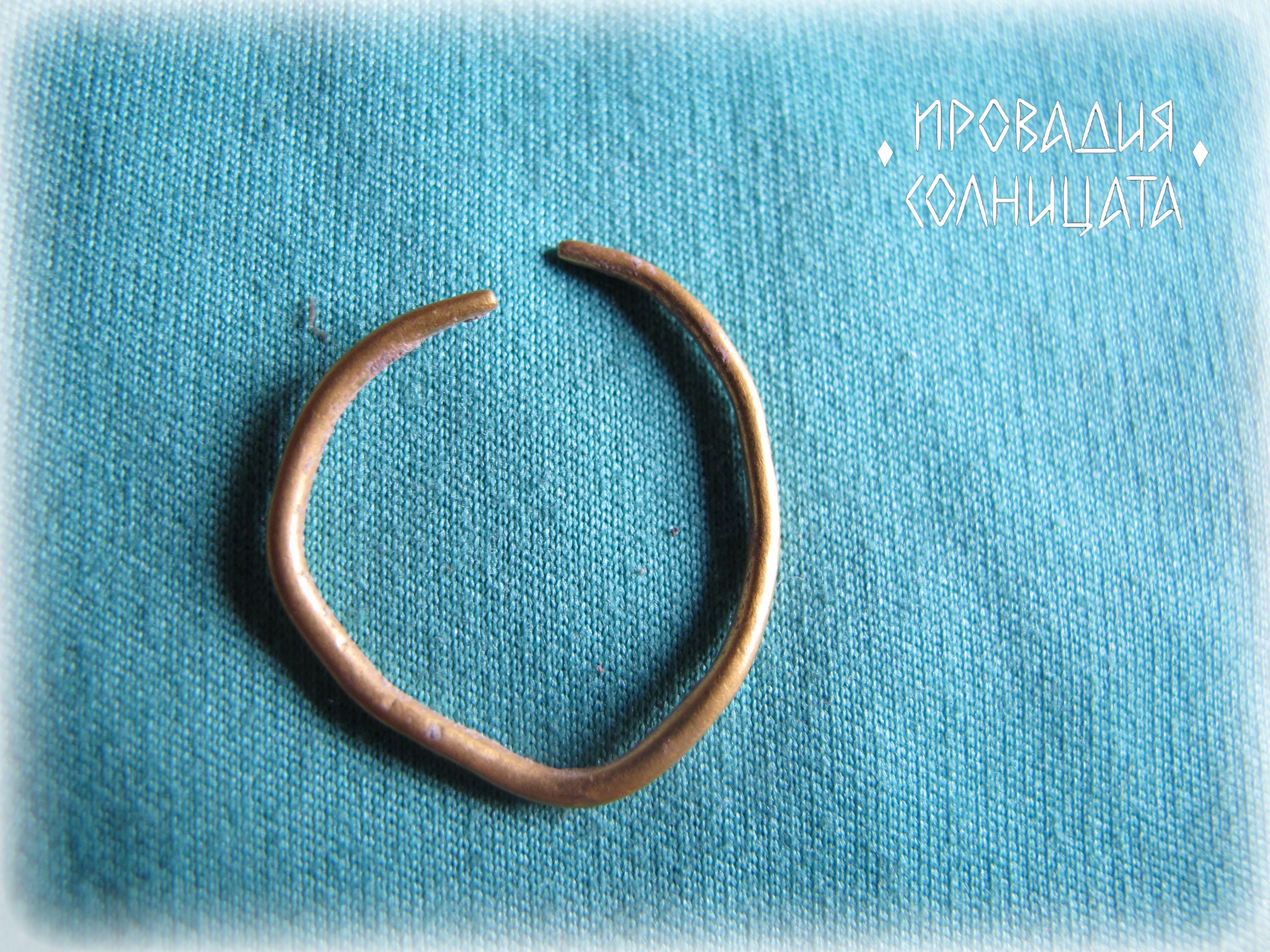
Late Chalcolithic gold earring
Gold archeological finds have always elicited keen interest among specialists and aficionados of ancient history, especially when they happen to be prehistoric. The earliest objects made of processed gold in Europe appeared in the modern-day Bulgarian lands about 4700 BC, ...
.jpg)
Bird-shaped ceramic vessels
The long years of excavations and investigation of the prehistoric slat production and urban center Provadia-Solnitsata, have shown evidence that the salt production here had been continuous and constantly perfected process for nearly a thousand years...
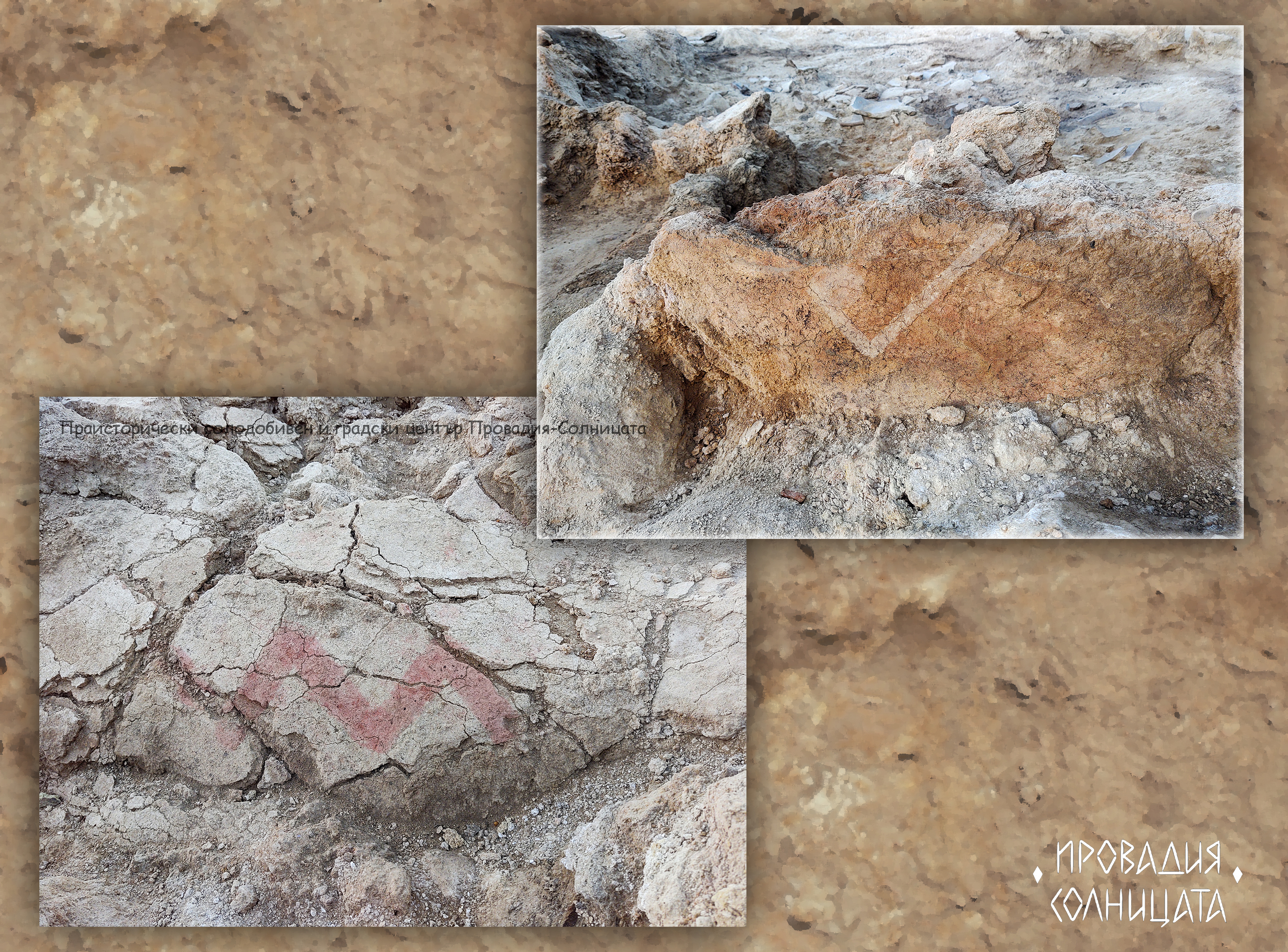
Late Chalcolithic painted walls
Depiction of motives and abstract compositions with symbolic meaning was one of the popular methods of expression in prehistory. This is especially valid for the times before writing was invented when drawing symbols was one of the few ways to preserve and convey information. Usually, it would be the sides of ceramic vessels, used as a canvas, less often for this purpose would be chosen the walls of the house...

Bone tool for pottery decoration
Our imagination has once again been excited with the new find of a rare bone tool from the Middle Chalcolithic period (4700-4600 B. C.), created and used at a ceramic workshop at the Oldest Prehistoric Salt-production and Unban Center in Europe...
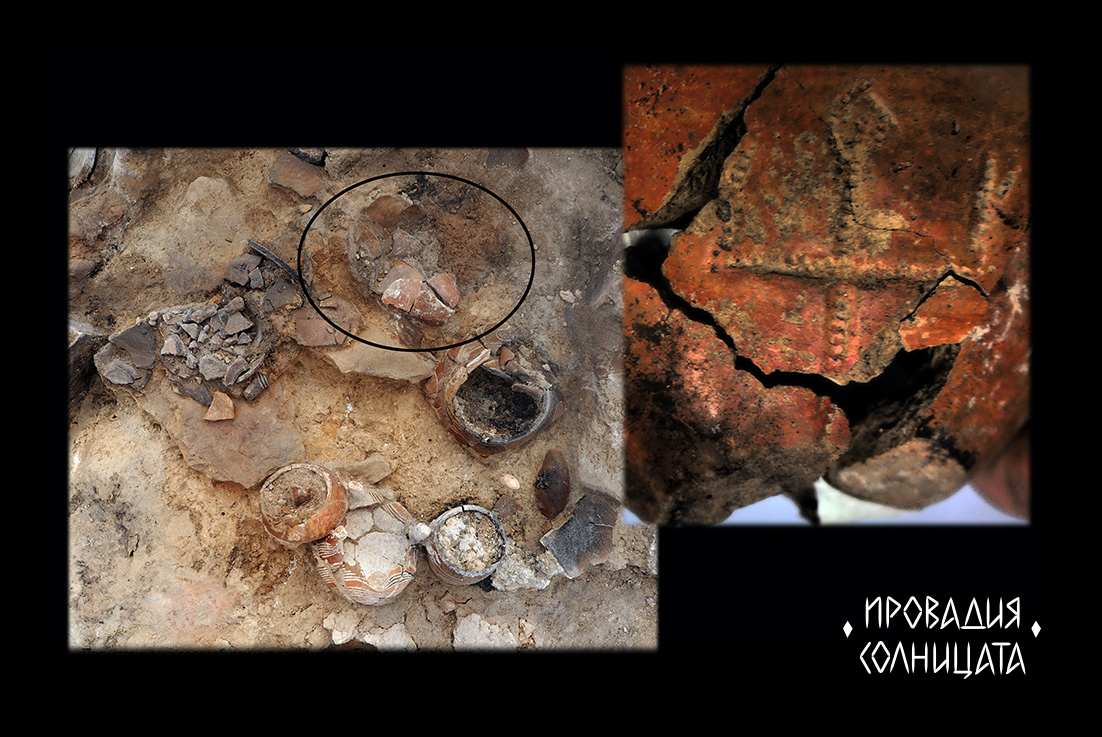
Depiction of the Mother-Goddess on a ceramic vessel
The double story construction, which had been destroyed in an earthquake, and has been under investigation the past few seasons, has again surprised the public with its architectural design and inventory...

Late Chalcolithic “Mask”
It often happens in archaeology, that some of the most presentable finds are discovered outside of the archaeological context, they had been used in, there off they often become the cause of many discussions in regards of their practical use, symbolism, and worth...

Findings presenting the dreadful world of armed conflict
Among the wide variety of items that show the ingenuity of the inhabitants of Provadia-Solnitsata, there is one category that represents the terrifying world of armed conflict. The rich collection of over 500 bone and flint arrows, flinty spearheads, stone and flint axes, testify for the bloodsheds that were caused by the region's most significant natural feature - the salt springs and the stone salt that was made and stored behind the stone walls.
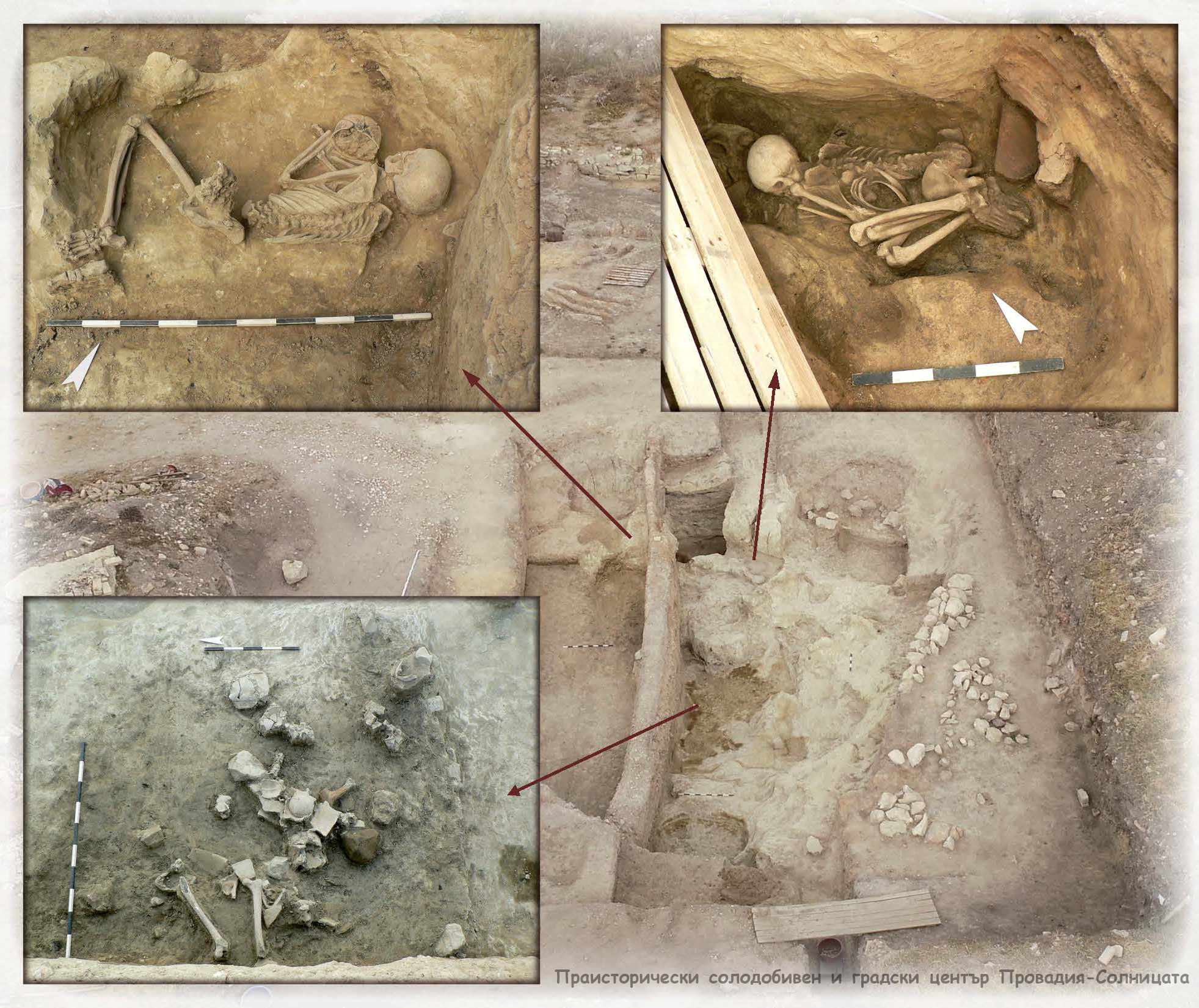
Funerals in the area of the production complex
In the last two years, our efforts in the area of the production complex have focused on the study of a salt production facility from the middle and second half of the 5th millennium BC. It is a large pit with a diameter of more than 11 m and a depth of up to 2 m. At the beginning of the study, it became clear that since it no longer functioned as a production structure, the facility has been used for various activities for a long time. To our surprise, back then (in 2017), we found that in the northern part, at the bottom, there was an elderly woman buried - probably related to the organization of the production process.












